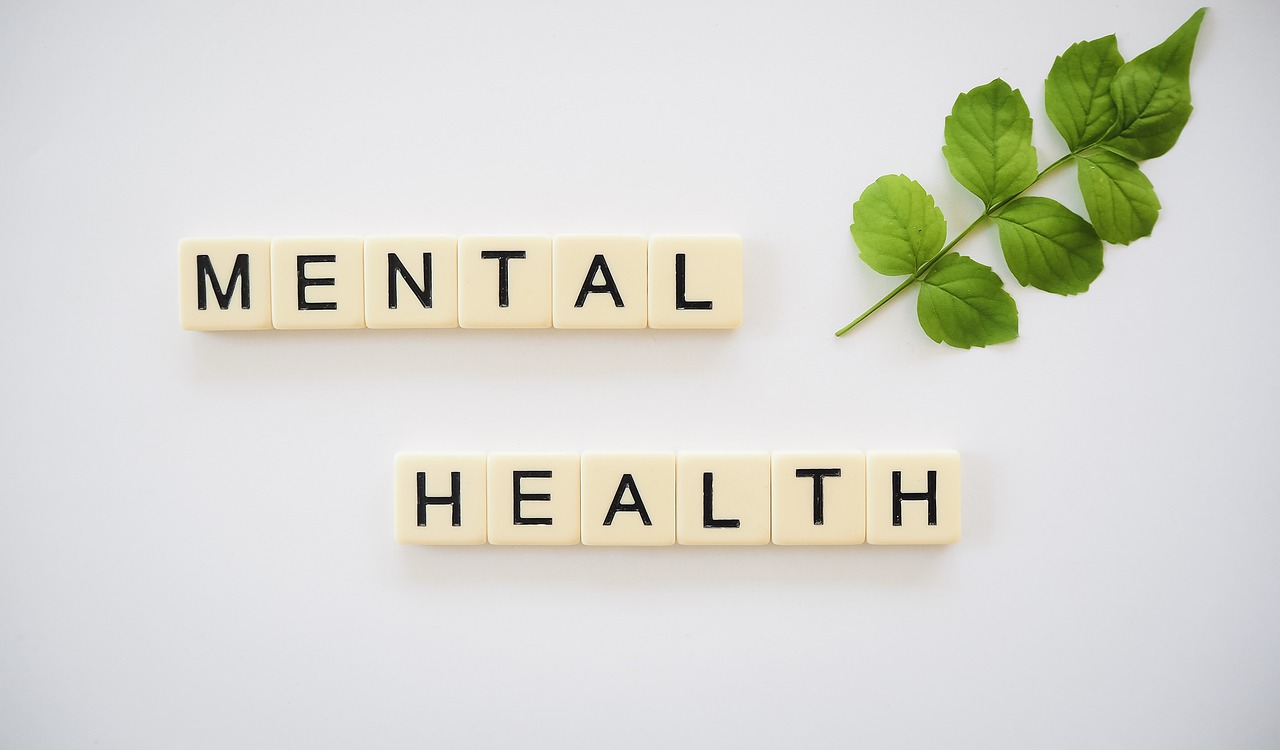
@ShahidNShah


How we see ourselves is deeply connected to how we feel. In recent years, healthcare professionals and researchers have been exploring the intricate relationship between body image and mental well-being. From anxiety and depression to disordered eating and low self-esteem, how people perceive their physical appearance can have lasting effects on their emotional and psychological health.
This growing recognition has led to increased focus on holistic health—an approach that values both mental and physical wellness. While societal pressures, media influences, and cultural expectations often shape our ideas of what a “perfect” body looks like, it’s becoming clearer that there’s no one-size-fits-all definition of health or beauty. Instead, fostering a balanced and compassionate relationship with our bodies may be one of the most critical steps toward achieving overall well-being.
Body image refers to the thoughts, beliefs, and feelings we have about our bodies. It includes how we perceive our shape, size, and appearance, and how we believe others see us. For some people, body image is mostly positive—they appreciate their bodies for what they can do and feel comfortable in their own skin. For others, it may be more negative, leading to feelings of shame, self-consciousness, or even disgust. This perception can start developing as early as childhood, and various factors can influence it: family dynamics, peer comments, exposure to media, and personal experiences. Over time, these influences can shape how a person relates to their body throughout adolescence and adulthood.
One of the most powerful forces shaping body image today is the media. From social media filters to photoshopped magazine covers, the portrayal of unrealistic beauty standards can create a constant pressure to “look better.” These standards often exclude people with disabilities, those in larger bodies, people of color, and individuals with non-conforming gender identities—further alienating anyone who doesn’t fit the narrow mold.
Social media, in particular, has transformed how people engage with their bodies. While some platforms can provide supportive communities and inclusive content, others can increase exposure to harmful messaging. Algorithms tend to amplify images that fit popular standards of attractiveness, reinforcing the idea that certain body types are more desirable or “healthy” than others. This environment can significantly impact how you view your body image, especially when comparisons to others become habitual. Constant exposure to curated, filtered content can blur the line between reality and fiction, leading people to set impossible standards for themselves.
When individuals feel dissatisfied or distressed about their bodies, they are more likely to experience symptoms of depression, anxiety, and low self-worth. This is especially true for teenagers and young adults, but people of all ages can be affected. Poor body image can also contribute to disordered eating behaviors, such as restricting food, bingeing, or purging, which may eventually develop into full-blown eating disorders. People practice these behaviors as a way to cope with uncomfortable emotions or regain a sense of control. Unfortunately, they can also lead to serious health complications if left unaddressed.
Conversely, developing a more positive or neutral relationship with one’s body has been shown to improve self-esteem, resilience, and emotional regulation. Mental health professionals are increasingly focusing on body image in their therapeutic approaches, offering tools to help people recognize distorted thinking patterns and build healthier self-perceptions.
One of the more subtle but pervasive influences on body image comes from the healthcare system itself. Traditionally, many health messages have focused on weight loss as a primary marker of health. Patients in larger bodies, for example, are often advised to lose weight as a first-line solution for various health issues, even when other underlying causes may exist. This emphasis can lead to shame, avoidance of medical care, and internalized stigma. It also reinforces the idea that a smaller body equals better health, which isn’t always the case. Health exists on a spectrum, and body size is only one piece of the puzzle. A more holistic and respectful approach is needed, one that addresses lifestyle, genetics, access to resources, mental health, and social determinants. Shifting the conversation from appearance to function—what the body can do rather than how it looks—can help people develop a more accepting and grateful view of their physical selves.
Healing body image issues doesn’t happen in isolation. Supportive relationships can play a decisive role in shaping how we feel about ourselves. Friends, partners, family members, and even healthcare providers can all contribute to either reinforcing or challenging negative self-perceptions. Creating spaces where all body types are welcomed and respected—whether that’s in schools, clinics, gyms, or workplaces—can help reduce stigma and promote belonging. Inclusivity isn’t just about acceptance; it’s about actively dismantling the barriers that make people feel like they don’t measure up.
Even within healthcare, there’s a growing need to adopt person-centered care models that honor patient autonomy and lived experience. By seeing patients as whole people rather than just numbers on a scale, providers can help foster more positive health outcomes and emotional well-being.
At the core of a healthier body image is compassion. It’s understanding that your worth is not tied to your appearance, and that health looks different on everyone. For some, embracing their bodies may come through self-expression, movement, or community. For others, it might involve therapy, journaling, or simply choosing to treat themselves with more kindness. It’s okay if the journey isn’t linear. There will be days of discomfort, especially in a society that profits from our insecurities. But each slight shift in how you view yourself—and how you speak to yourself—can make a big difference.
There’s also a larger role for the healthcare industry to play. Platforms that support integrative and interdisciplinary solutions are key to advancing this conversation. Ultimately, changing how we relate to our bodies is not just a personal endeavor—it’s a collective one. When we challenge narrow definitions of beauty, broaden the conversation around health, and prioritize mental wellness, we create a world where everyone has the freedom to feel at home in their own skin.

No one expects a visit to the doctor or hospital to make things worse. We go in hoping for answers, treatment, and some relief. But sometimes, things don’t go as planned. And instead of getting …
Posted Aug 5, 2025 #HealthLaw Legal
Connecting innovation decision makers to authoritative information, institutions, people and insights.
Medigy accurately delivers healthcare and technology information, news and insight from around the world.
Medigy surfaces the world's best crowdsourced health tech offerings with social interactions and peer reviews.
© 2026 Netspective Foundation, Inc. All Rights Reserved.
Built on Jan 6, 2026 at 1:18pm